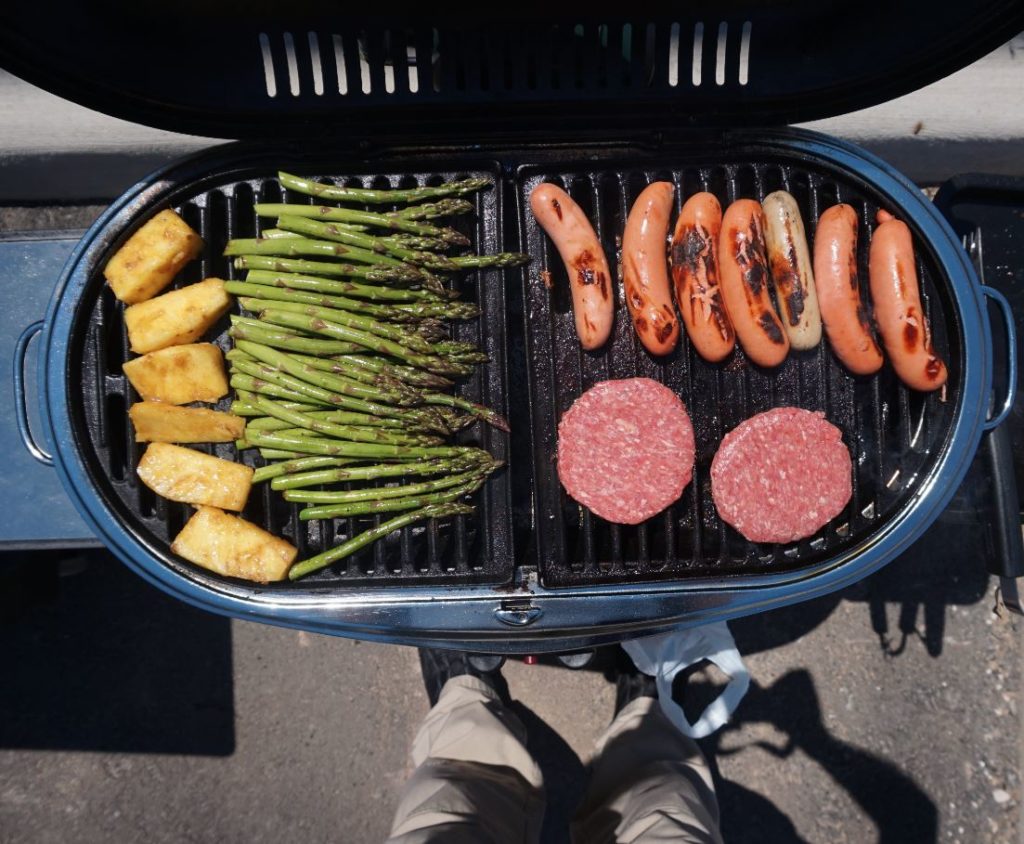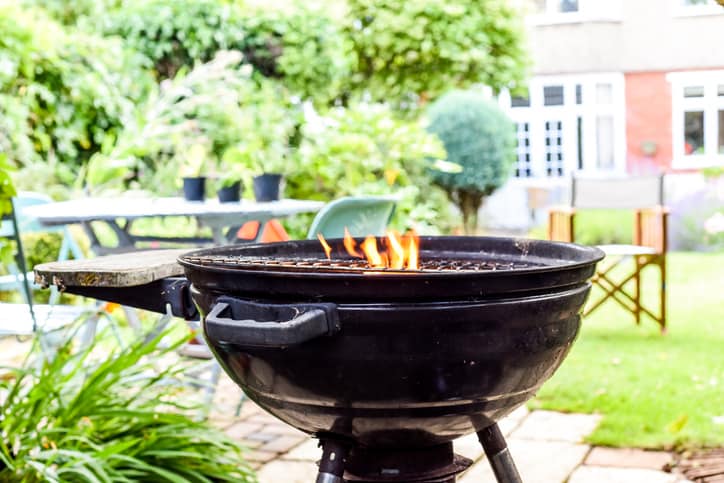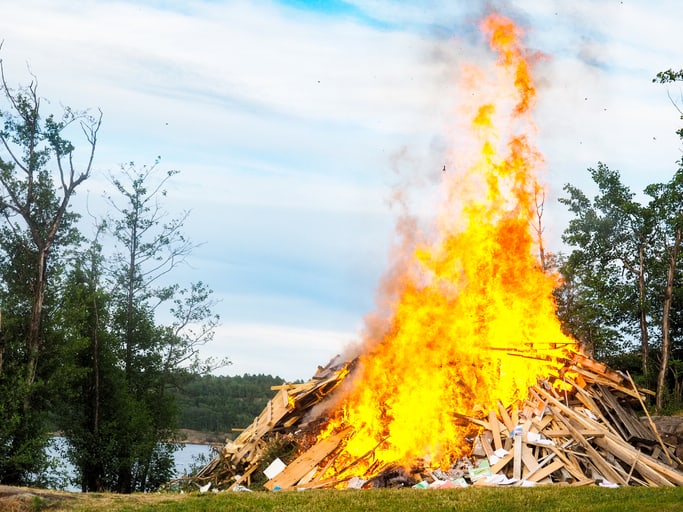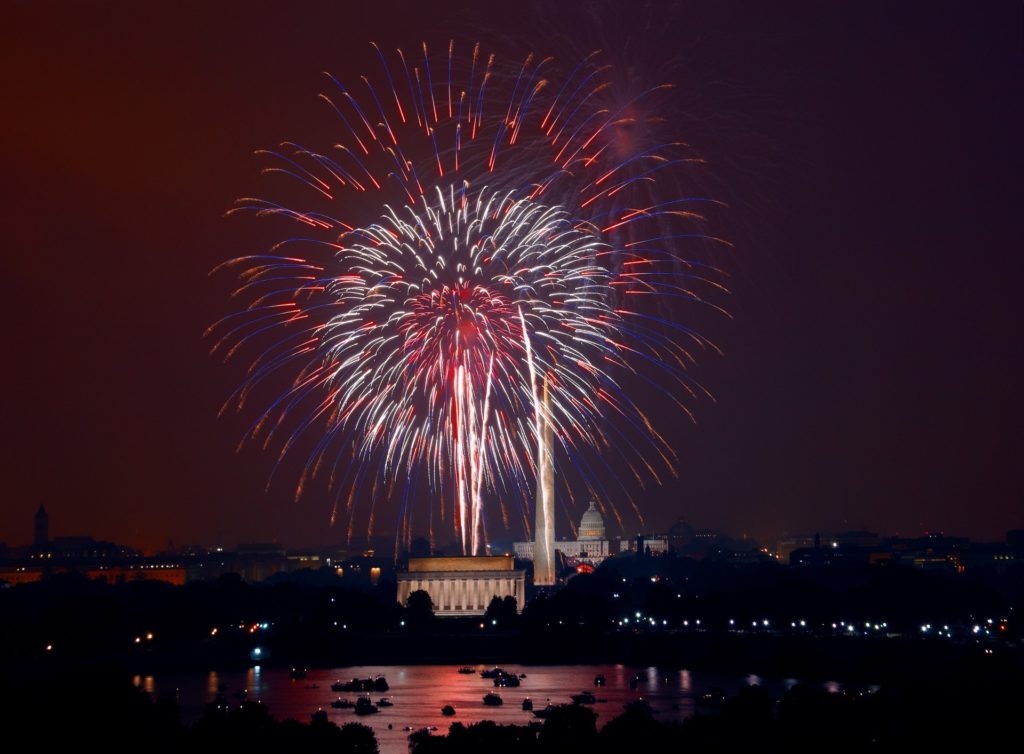There is nothing quite like summer. Late nights, bonfires, camping, outdoor parties, sitting on the patio, hiking, barbeques, ball games, fireworks, and roller coasters…the list of activities goes on and on. Time passes quickly as the sunshine seems to melt our troubles away, but even in those carefree moments, it’s important for all of us to remember that safety should always come first.
It is important to adhere to summer fire safety rules amid the fun and excitement of the warmer months. Discover more about summer fire safety protocols that can help protect us, our loved ones, and our property as we enjoy all that summer has to offer.

Barbecue Safety
Grilling is a summer go-to for many of us. Chicken, burgers, hot dogs, veggies, pizza… you name it, and we can grill it! Here are some tips on how to barbecue with care.
Prior to Grilling:
- Before igniting the first flame, don’t forget to check your propane tank and gas line for damage and leaks.
- Regularly clean your grill to remove any grease build-up.
While Grilling:
- It can be tempting to move your grill into shelter during inclement weather – but don’t. The risks of grilling in an enclosed space are too great.
- Never leave your grill unattended.
- Monitor any children and pets nearby.
- Avoid loose hanging clothing and long hair that may accidentally ignite when leaning over the grill grates. Long-handled utensils work best for the same reason.
After Grilling:
- Turn your gas grill and propane source off completely, allow the grill to cool and replace the cover.
- Charcoal grills can remain hot enough to cause serious burns for hours. The best way to cool hot coals is to extinguish them with water.

Bonfire & Campfire Safety
Whether you prefer s’mores, a cold beer, or both, campfires are a timeless summer tradition and a relaxing way to enjoy the great outdoors long after the sun goes down. Before you begin, review the following guidelines.
- A fire pit is the optimal place to build and contain a bonfire, but sand or bare rock will also work.
- Be sure the area is well-cleared of grass, brush, leaves, and sticks, as well as overhead tree branches and powerlines.
- Only burn charcoal or dry, clean, untreated and unpainted wood.
- If it’s a windy day, skip the fire altogether.
- Follow all local burn guidelines. These guidelines are in place for a reason, especially in areas prone to dangerous wildfires.
- Keep your fire small and manageable.
- Never leave the fire unattended.
- Always have a water source readily available, should the need arise to quickly extinguish the blaze.
- Supervise children closely while in the vicinity of the fire.
- If you do partake in that cold beer, limit your alcohol consumption to avoid accidents.
- As mentioned in the grilling safety section, remember that fire pits may continue to burn into the morning. Extinguish both the fire and the hot coals with water for best results.

Firework Safety
This one is easy. Go to a professional fireworks display, sit back, and enjoy the show! For those of you who do choose to purchase your own fireworks, proceed with extreme caution.

- Maintain plenty of distance between fireworks and onlookers, buildings, trees and other flammable objects.
- Light one fuse at a time and stand far back.
- Give any “duds” 30 min before approaching and then soak them in water. Do not try to re-light a bad firework.
- Use extreme caution with sparklers. They can reach temperatures of 1,200 degrees F, and cause 3rd degree burns (fema.gov).
Indoor Fire Safety
Apply the following precautions around the house. Many of them apply year-round!
- Change your smoke detector and carbon monoxide batteries regularly.
- Plan and practice a family fire escape route and meeting place.
- Maintain your HVAC system on a regular basis, including debris removal from exhaust fans and vents.
- Properly store all household and yard chemicals, paints, gas containers, etc. Take special care with combustible objects, such as paint thinner and lighter fluid.
- Keep a working garden hose accessible in case of an accidental or uncontrolled fire.
What should you do if there is a fire?
If a fire can’t be quickly extinguished, call the fire department immediately from a safe location.
Remember the age-old adage, should your clothing catch fire, “Stop, Drop and Roll.”
How can OSCR help keep communities safe this summer?
OSCR360 is a multipurpose tool that assists first responders in serving and protecting our communities. When it comes to summer fire safety, OSCR360 aids fire agencies in several ways:
- With OSCR360, fire departments can document public environments within their municipality, including schools, colleges, hospitals, factories and warehouses. OSCR360 captures each location in 360-degrees, creating a virtual walkthrough of each environment. This type of documentation helps departments train, prepare for and effectively respond to fires and hazmat incidents in these locations.
- After a fire has occurred, OSCR360 photographs the entire scene in 360-degrees. Not only does OSCR documentation help investigators determine the point of origin and connect potential ignition sources and accelerants to the scene, but OSCR documentation is also beneficial for insurance purposes.
Additional Summer Fire Safety Resources:
Check out New York State DEC’s page on open burning guidelines here.
To discover more about Fire Prevention, please visit https://www.usfa.fema.gov/.